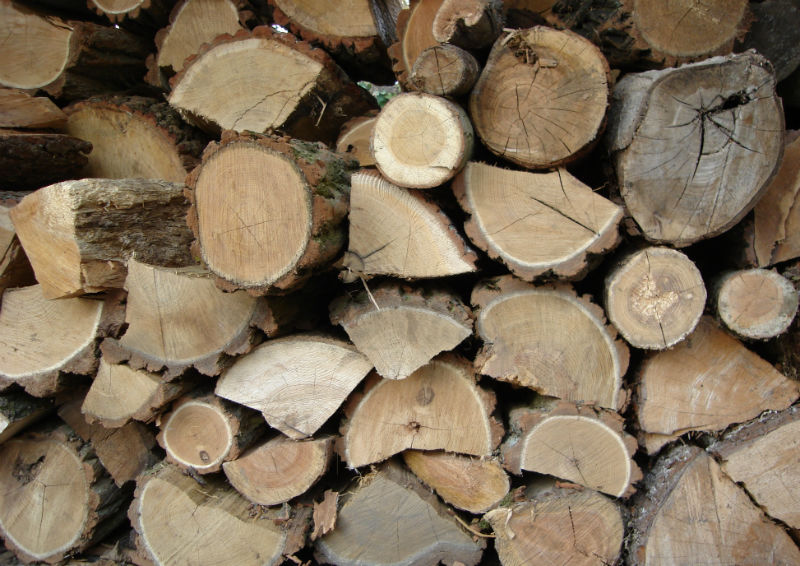by Cheryl Slagle | Jan 23, 2018 | Fireplace Smoke
Nothing is better than sitting around the warm glow of a wood burning fireplace. Cuddling up with loved ones around a fireplace is both fun and relaxing. However, there is nothing fun and relaxing when your fireplace starts to send smoke into your living areas. At Old...

by Cliff Slagle | Jul 22, 2016 | Fireplace Maintenance
Imagine driving by a lumberyard and saw acres of chopped firewood basking in the sun. It’s a postcard-perfect scene of cords of wood cut from timber. And it is a splendid demonstration of seasoning wood for optimum burning in the fall and winter. Even though...
by Cliff Slagle | Oct 23, 2015 | Fireplace Maintenance
Selecting, and burning, the right firewood yields multiple benefits for you and your fireplace or stove. As experienced experts, we at Old Smokey’s Fireplace & Chimney are pleased to share our lessons learned on firewood. Basically, “use seasoned firewood” is our...


